How to use your smartphone camera’s hidden features
This article was originally featured on Popular photography.
What could be more fundamental to photography today than our smartphone cameras? They’re always there, ready to go in moments, and the technology behind them makes it easy to take great photos in most situations. And yet, I regularly encounter people who don’t know many of the core functions of the built-in camera app.
Smartphone camera basics go beyond just “pressing the big button.” Some tools help you set up the shot, others give you more control over the exposure. Some are just practical or cool. However, these features are not always easy to find. That’s where we come in.
[ Related: “Make the most out of your iPhone’s back tap feature” ]
iOS 16 vs Android 13
But first, for these examples, I’ll be using the two phones I have on hand: an iPhone 13 Pro running iOS 16 and a Google Pixel 6 Pro running Android 13. Also, I’ll only focus on the built-in camera apps; For even more manual control, find third-party apps in the app stores. Many of the camera features overlap between iOS and Android operating systems, and some may not be available or otherwise accessible on older models. If you see something here that doesn’t match what you’re seeing, break out the manual – I mean search on Google – and see if it’s available to you.
How to quickly launch the camera
Most people perform the usual dance of unlocking the phone, finding the camera app, and tapping to launch it. At that point, the moment you were trying to capture might be over. There are faster ways.
Swipe right to left on the iPhone lock screen to jump straight to the camera app without even unlocking the phone. You can also press the camera icon on the lock screen. On the Pixel, double-press the power button on any screen.
When the phone is unlocked, a few more options are available. On both phones, press and hold the camera app icon to bring up a menu of shooting modes such as B. Opening the app with the front-facing selfie camera active.

I also like the ability to double tap the back of the phone to launch the camera. On iPhone, go to Settings > Accessibility > Touch > Tap Back and select Camera for the Double Tap (or Triple Tap) option. On Android, go to Settings > System > Gestures > Quick Tap > Open app and select Camera.
How to use the volume buttons to release the shutter
If you miss the tactile feedback of pressing a physical trigger, or if pressing the soft button causes too much jiggling, press a volume button instead.
On both phones, pressing either volume button triggers the shutter button. Holding a button starts video recording as if you hold your finger on the virtual shutter button.

On iPhone, you can also set the volume up button to trigger multiple shots in burst mode: Go to Settings > Camera > Use Volume Up for Burst.
How to set exposure and focus quickly
The camera apps do a good job of determining the right exposure for a given scene – if you forget that “right” is a loaded term. However, you have more control, even if the interfaces don’t make it obvious.
On iPhone

On iPhone, tap anywhere in the preview to set focus and meter exposure level based on that point. Even better (and this is a feature many people don’t know about), touch and hold a point lock out Focus and exposure (an “AE/AF LOCK” badge will appear). You can then move the phone to adjust the composition without risking the app automatically resetting it.
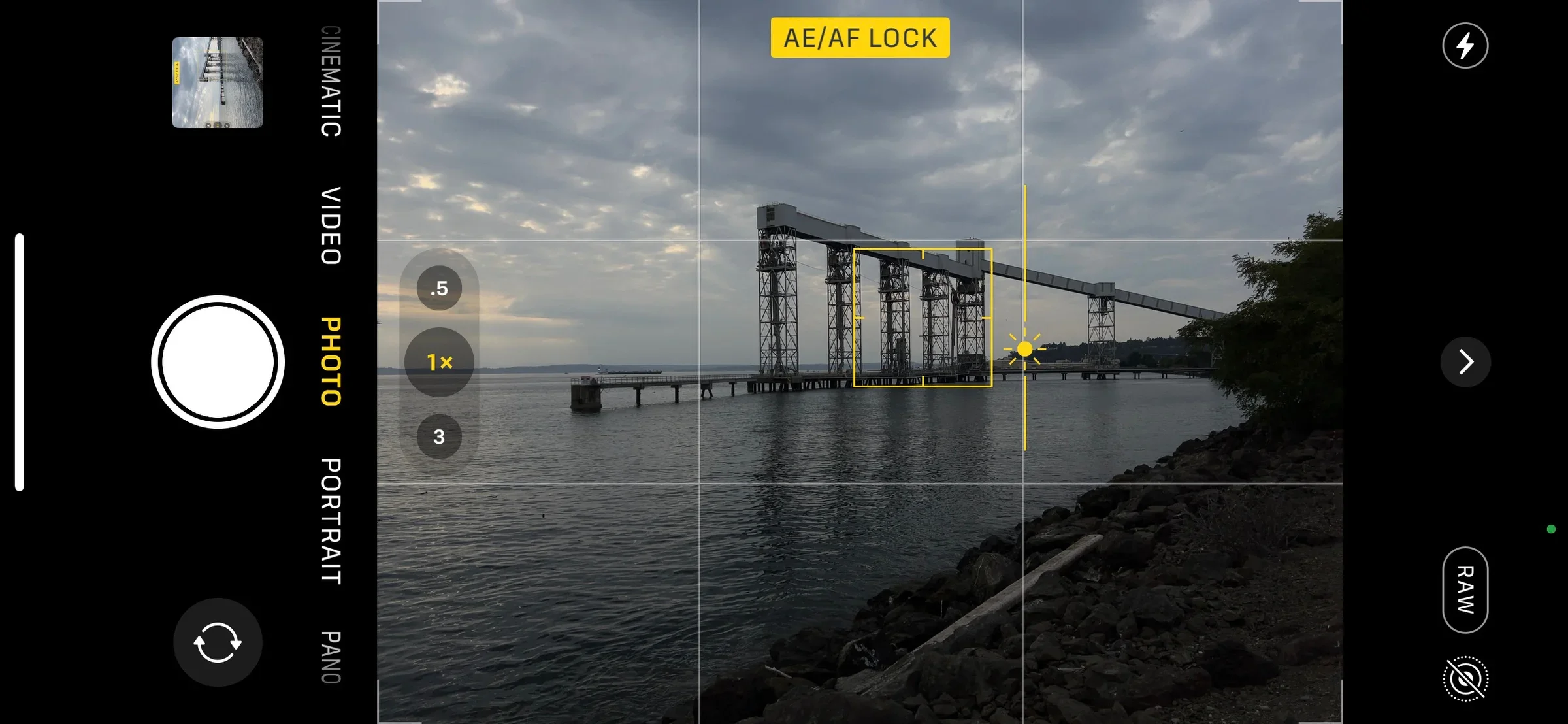
Once focus and exposure are set or locked, lift your finger off the screen, then drag the sun icon that appears to the right of the target box to manually increase or decrease exposure. A single tap elsewhere resets the focus and exposure back to auto.
On the pixel
Tap a point on the Pixel to set focus and exposure. This point becomes a target that stays locked even if you move the phone to recompose the scene. Tapping also reveals sliders that you can use to adjust white balance, exposure, and contrast. Tap the dot again to unlock, or tap elsewhere to focus on a different area.
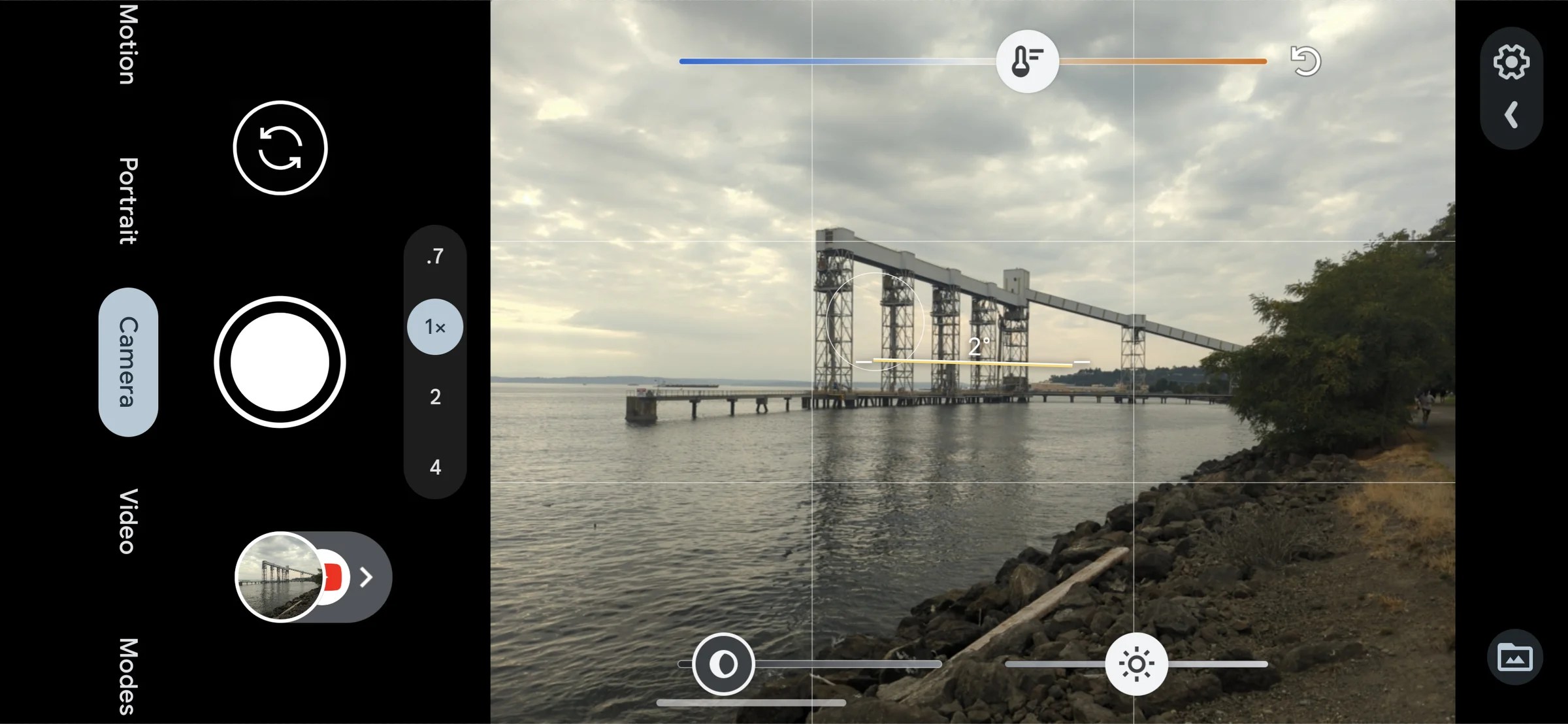
How to zoom with confidence
We think of ‘the camera’ when we think of our phones, but in reality there are multiple cameras on most modern phones, each with its own image sensor behind the row of lenses. So when you tap the 1x or 3x button to zoom in or out, you switch between cameras.
If possible, stick to these preset zoom levels. The 1x level uses the main camera (what Apple calls the “wide” camera), the 3x level uses the telephoto camera, and so on. Those are optical numbers, meaning you get a cleaner image as the sensor records the light directly.
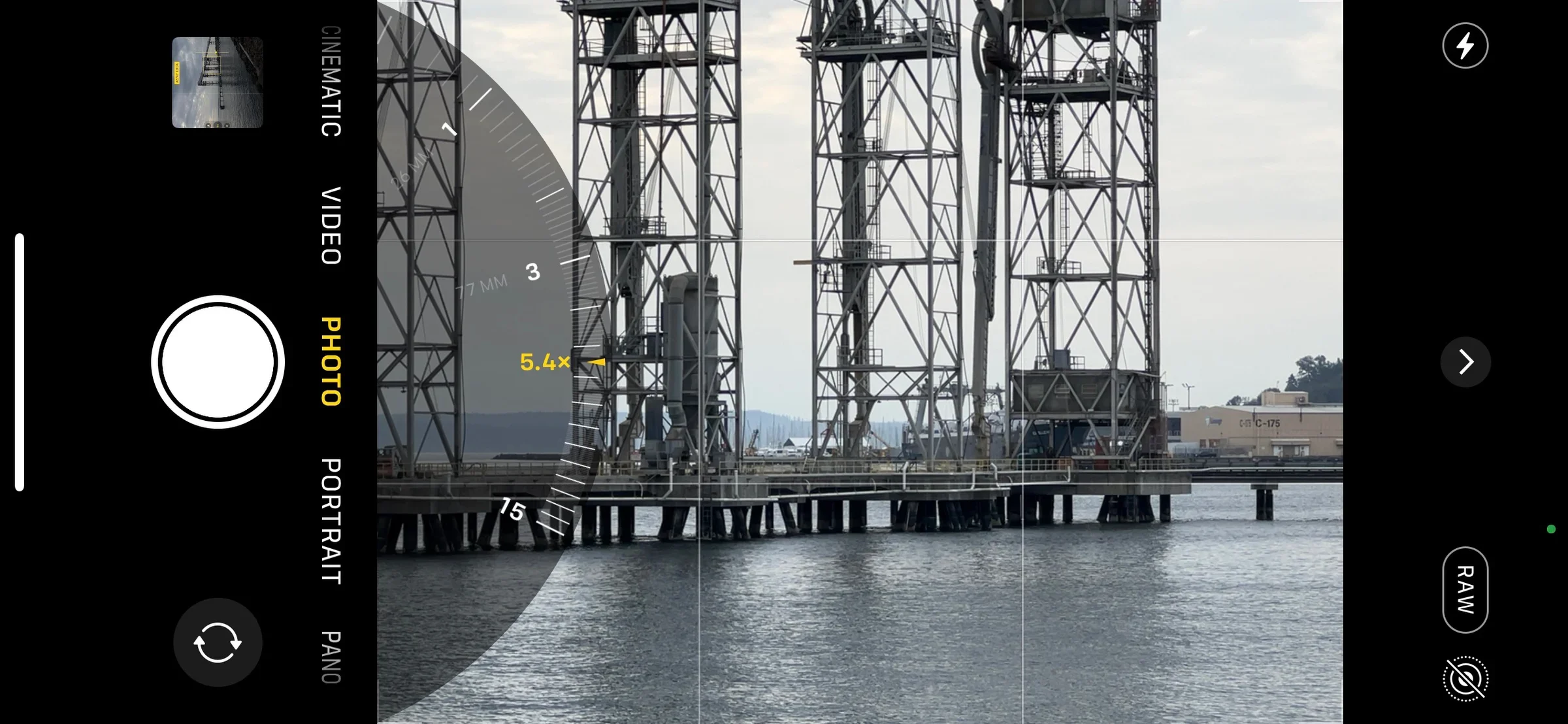
But wait, what about the two-finger pinch gesture to zoom in or out? Or you can drag the zoom selection buttons left or right to reveal a circular control (iPhone) or slider (Android) that you can use to compose your scene without having to move, or even zoom to 15x or 20x .
It’s so convenient, but try to avoid it if possible. All these intermediate values are calculated digitally: the software interpolates what the scene would look like at this zoom level by artificially enlarging pixels. Digital zoom technology has improved dramatically over the years, but optical zoom is still the best option.
How to quickly switch camera modes
Speaking of switching, the camera apps offer many different capture modes like photo, video, and portrait. Instead of tapping or trying to drag the row of mode names, on both iOS and Android, just swipe left or right in the middle of the screen to switch modes.

How to use the grid and layer for stronger compositions
Whether you subscribe to the “rule of thirds” or just need a little help keeping your horizon level, the built-in grid functions come in handy.
In iOS, go to Settings > Camera > Grid and toggle the option on. In Android, you can choose from three types of grids by going to the settings in the camera app, tapping on more settings and choosing a grid type (e.g. 3 x 3).
The grid on the iPhone and a related setting called Framing Hints on the Pixel also allow for a horizontal plane. On both models, when you hold the phone parallel to the ground or a table, a + icon appears in the center of the screen. As you move, the phone’s accelerometer will indicate if you’re not level evenly by showing a second + symbol. Move the phone to align both icons to ensure the camera is level.
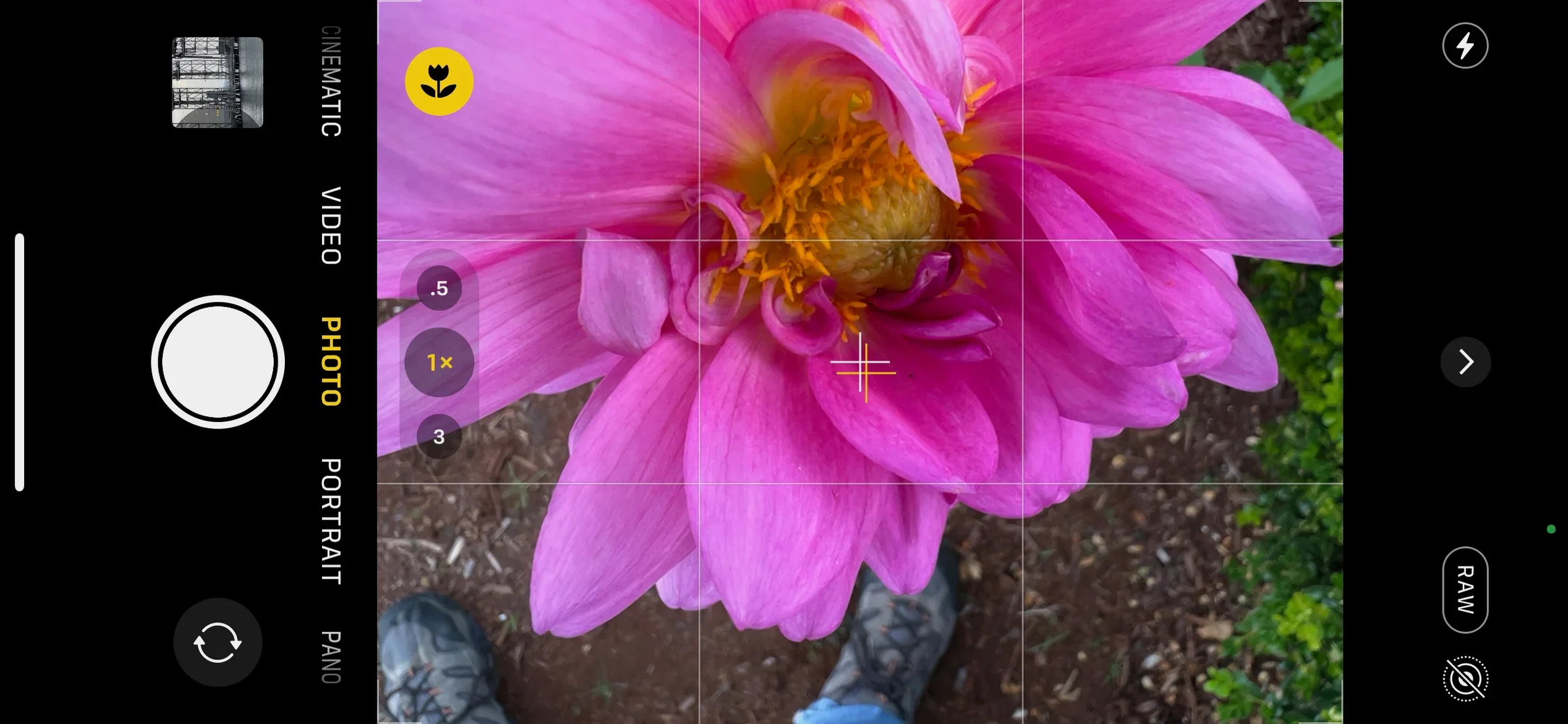
How to control flash and night mode
Both camera systems are great at providing more light in dark situations, whether that’s turning on the built-in flash or activating night mode (iOS) or night vision (Android). However, the interfaces to control these are fairly minimal.
On iPhone, tap the lightning bolt icon (the lightning bolt) to toggle between Off and Auto. For more options, tap the carat (^) symbol, which replaces the camera modes below the preview with buttons for more functions. Tap the flash button to choose between Auto, On and Off.
On the Pixel, tap the Settings button in the Camera app and under More Light, tap the Flash icon (another flash).
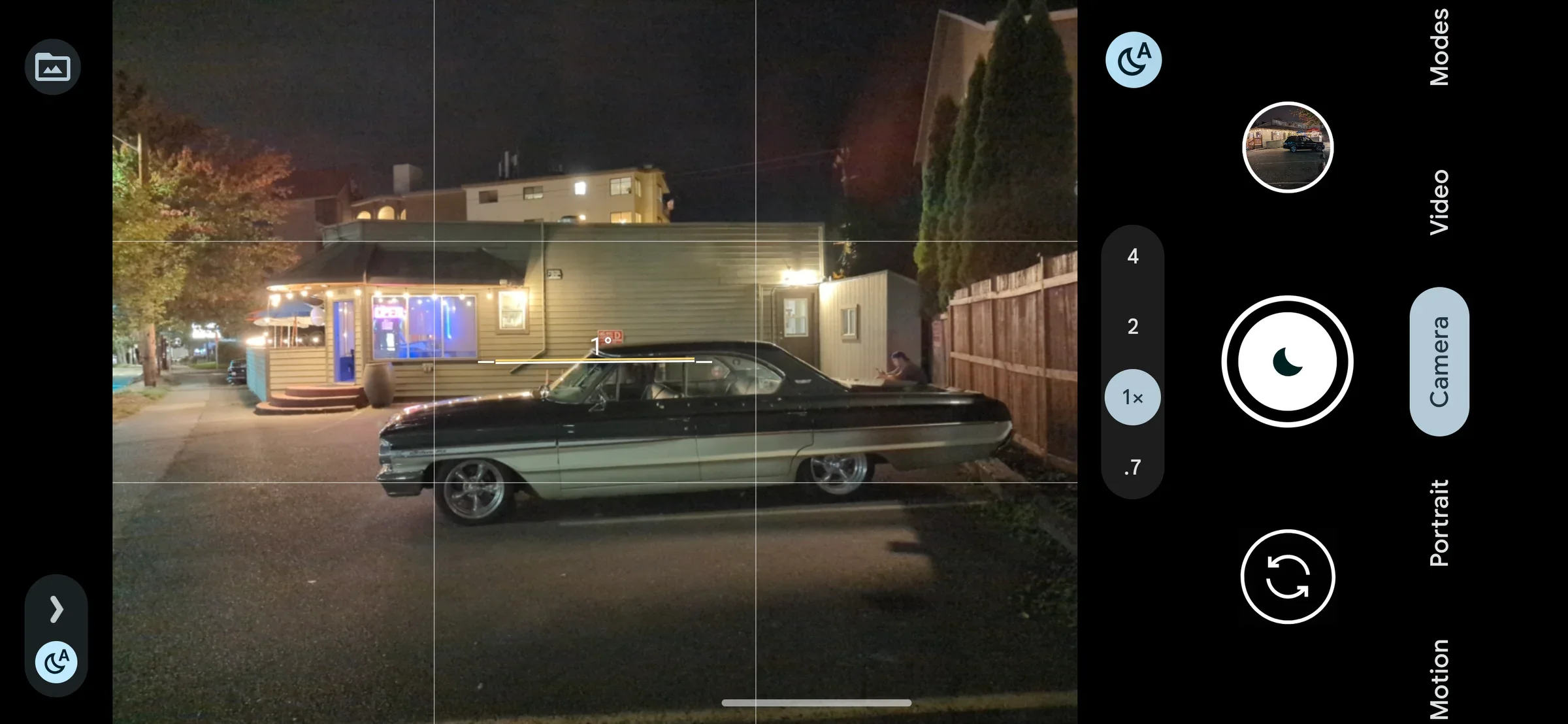
The Pixel includes its night vision mode in the More Light category. If it’s enabled, Night Sight will automatically activate in dark situations – you’ll see a crescent moon icon on the shutter button. You can temporarily disable this by tapping the Night Sight Auto button that appears to the right of the camera modes.
iPhone’s night mode is controlled via a separate button that looks like a crescent moon with vertical stripes showing a dark side of the moon. Tap to turn night mode on or off. Or tap the carat symbol (^) and then tap the “Night Mode” button to display a slider that lets you choose a shutter speed beyond “Automatic” (up to 30 seconds in a dark environment when the phone stabilized, e.g. tripod).

Bring the fun to smartphone basics
As with any camera – smartphone or traditional – there are numerous features to help you get the best shot. Be sure to explore the app settings and the other buttons (such as setting the self-timer or changing the default aspect ratio) so that when the time comes, you know exactly which smartphone camera feature to use.